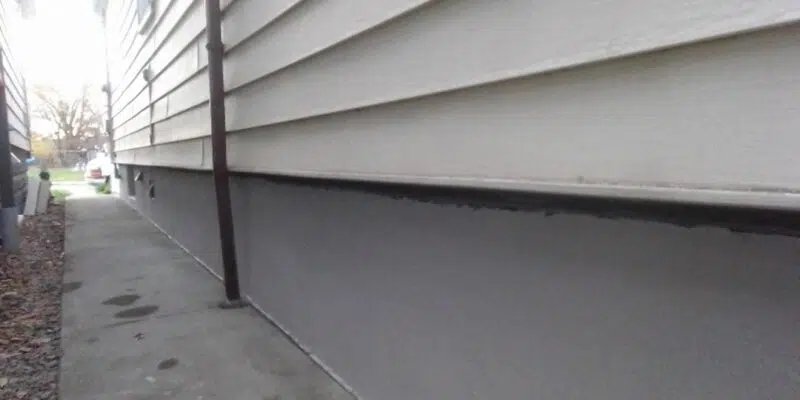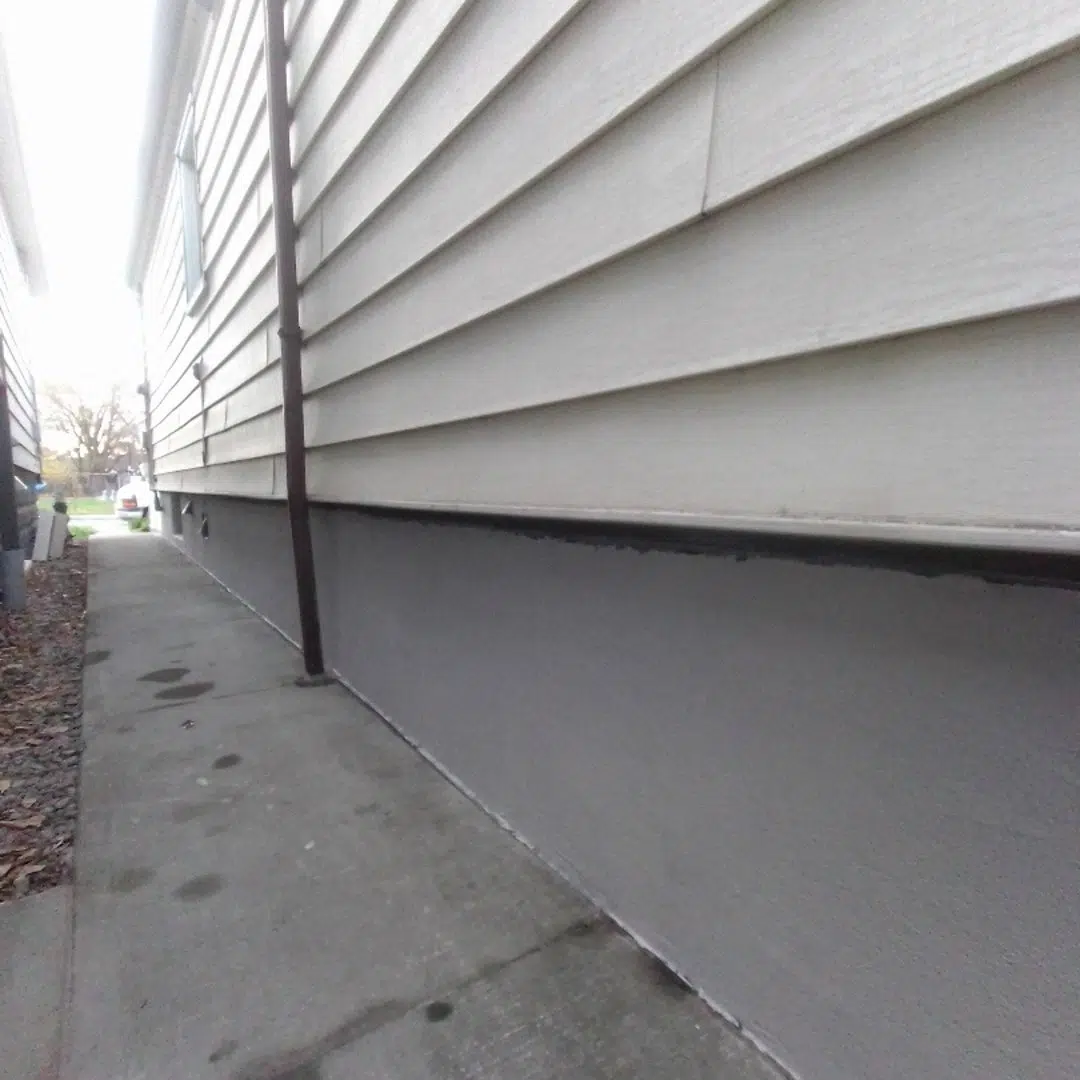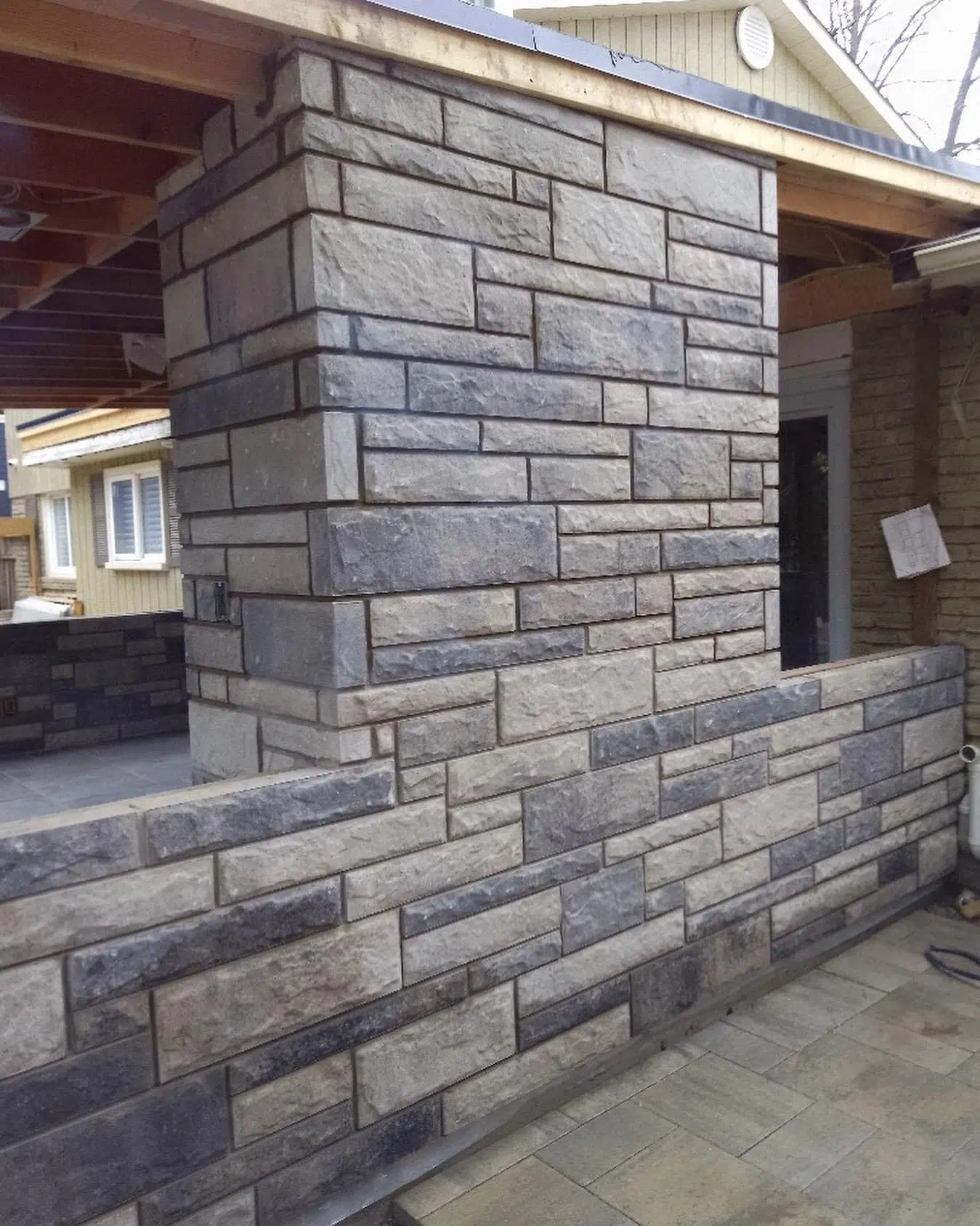Your garage is more than just a place to park your car or store your tools. It’s an integral part of your home’s structure and curb appeal. However, like any other part of your house, your garage’s brick exterior can suffer wear and tear over time. Identifying and addressing brick damage early can save you from costly repairs down the line. In this comprehensive guide, we’ll explore five critical signs that indicate your garage’s brick needs immediate attention from a professional.
1. Visible Cracks and Their Implications
One of the most obvious signs of brick damage is the presence of visible cracks. However, not all cracks are created equal, and understanding their implications is crucial for proper maintenance.
Types of Cracks and What They Mean
- Hairline cracks: These thin, barely visible cracks are often caused by natural settling and may not be a cause for immediate concern. However, they should be monitored for potential expansion.
- Stair-step cracks: These cracks follow the mortar lines in a stair-step pattern and can indicate foundation issues or structural problems.
- Vertical cracks: Running straight up and down, these cracks might be caused by thermal expansion or foundation settlement.
- Horizontal cracks: Perhaps the most concerning, horizontal cracks can signify serious structural issues, often related to water damage or soil pressure.
While small cracks might seem insignificant, they can quickly escalate into larger problems if left unaddressed. Cracks provide entry points for moisture, which can lead to further damage, especially in areas with freeze-thaw cycles.
When to Worry About Cracks
As a general rule, any crack wider than 1/8 inch or that appears to be growing should be evaluated by a professional. Additionally, if you notice multiple cracks or cracks accompanied by other signs of damage, it’s time to call in an expert.
2. Moisture-Related Damage Indicators
Water is one of brick’s greatest enemies. Excessive moisture can lead to a host of problems that can compromise the integrity of your garage’s brick structure.
Signs of Moisture Damage
- Efflorescence: This white, powdery substance on the brick surface is caused by salt deposits left behind as water evaporates. While not harmful in itself, it indicates that water is penetrating the brick.
- Spalling: When you see flakes or chunks of brick falling off, this is called spalling. It’s often caused by water freezing and expanding within the brick, causing the surface to peel away.
- Mold or mildew growth: The presence of mold or mildew on brick surfaces, especially in shaded areas, indicates persistent moisture issues.
- Staining or discoloration: Dark patches or streaks on the brick can be a sign of water damage or improper drainage.
Addressing Moisture Issues
Dealing with moisture-related damage often involves more than just repairing the brick. It’s crucial to identify and address the source of the moisture. This might include:
- Improving drainage around the garage foundation
- Repairing or replacing damaged gutters and downspouts
- Applying appropriate sealants to protect the brick from water infiltration
- Addressing any plumbing leaks that might be contributing to the problem
3. Structural Red Flags
While some brick damage is cosmetic, certain signs can indicate more serious structural issues that require immediate attention.
Warning Signs of Structural Problems
- Bowing or bulging walls: If you notice that sections of your garage’s brick wall are pushing outward, this could indicate serious structural instability.
- Separation from window or door frames: Gaps between the brick and door or window frames can signify foundation settlement or other structural shifts.
- Diagonal cracks at corners: These cracks often start at the corners of doors or windows and can indicate foundation problems or uneven settling.
- Mortar deterioration: If the mortar between bricks is crumbling or missing in large areas, it can compromise the wall’s structural integrity.
The Importance of Professional Assessment
Structural issues with brick can be complex and often require specialized knowledge to diagnose and repair correctly. A professional brick repair expert can:
- Conduct a thorough inspection to determine the extent of the damage
- Use specialized tools to assess the structural integrity of the wall
- Recommend appropriate repair strategies, which might include reinforcement, rebuilding, or underpinning
- Address underlying issues to prevent future damage
4. Impact of Neglecting Brick Damage
Ignoring signs of brick damage can lead to a cascade of problems that extend far beyond aesthetics. Understanding the potential consequences can help homeowners prioritize necessary repairs.
Short-Term Consequences
- Decreased curb appeal: Visible brick damage can significantly detract from your home’s appearance and potentially lower its value.
- Energy inefficiency: Cracks and gaps in brick walls can lead to drafts and increased energy costs for heating and cooling.
- Water infiltration: Even small cracks can allow water to penetrate, potentially damaging the interior of your garage or leading to mold growth.
Long-Term Consequences
- Structural instability: Unchecked brick damage can compromise the structural integrity of your garage, potentially leading to collapse in severe cases.
- Extensive repair costs: What starts as a minor repair can escalate into a major renovation project if left unaddressed.
- Health hazards: Persistent moisture issues can lead to mold growth, which can pose health risks to you and your family.
- Property value decline: Significant brick damage can substantially reduce your home’s market value and make it harder to sell.
The Cost of Delay
While it might be tempting to put off brick repairs due to cost concerns, the expense of addressing damage typically increases the longer you wait. Early intervention can often prevent minor issues from becoming major structural problems, saving you money in the long run.
5. When to Seek Professional Help
While some minor brick maintenance tasks can be DIY projects, many brick repair issues require professional expertise. Knowing when to call in the experts is crucial for ensuring the longevity and safety of your garage’s brick structure.
Signs It’s Time to Call a Professional
- Widespread or growing cracks: If you notice multiple cracks or cracks that seem to be expanding, it’s time for a professional assessment.
- Structural concerns: Any signs of bowing, bulging, or separation in the brick wall warrant immediate professional attention.
- Extensive water damage: If you’re dealing with significant efflorescence, spalling, or other moisture-related issues, a professional can help address both the symptoms and the underlying causes.
- Mortar deterioration: While minor repointing can be a DIY task, extensive mortar damage often requires professional expertise to ensure proper repair.
- Age-related concerns: If your garage is more than 50 years old and hasn’t had recent brick maintenance, it’s wise to have a professional inspection to catch any developing issues.
Benefits of Professional Brick Repair
Hiring a professional brick repair service offers several advantages:
- Expertise and experience: Professionals have the knowledge to accurately diagnose issues and implement effective solutions.
- Proper tools and materials: Professional brick repair services have access to specialized equipment and high-quality materials that ensure lasting repairs.
- Comprehensive solutions: Experts can address not just the visible damage but also underlying issues to prevent future problems.
- Time and cost efficiency: While it might seem more expensive upfront, professional repairs can save you time and money in the long run by preventing more serious damage.
- Warranty and guarantees: Many professional services offer warranties on their work, providing peace of mind and protection for your investment.
Conclusion
Your garage’s brick exterior plays a crucial role in both the aesthetics and structural integrity of your home. By being vigilant and recognizing the five key signs of brick damage – visible cracks, moisture-related issues, structural red flags, the impact of neglect, and knowing when to seek professional help – you can protect your property and avoid costly repairs down the line.
Remember, when it comes to brick repair, early intervention is key. If you notice any of these signs or have concerns about your garage’s brick condition, don’t hesitate to consult with a professional brick repair service. With proper care and maintenance, your garage’s brick can continue to provide beauty and protection for years to come.
\n\n\nWhat are the primary signs that my garage’s brick needs attention?
The primary signs include visible cracks, moisture-related damage, structural red flags, consequences of neglect, and knowing when to seek professional help.
What types of cracks should I look for in my garage’s brick walls?
You should look for hairline cracks, stair-step cracks, vertical cracks, and horizontal cracks, each indicating different levels of concern regarding structural integrity.
How can I identify moisture-related damage in my garage’s brick?
Moisture-related damage can be identified by signs such as efflorescence (white powdery substance), spalling (flakes or chunks of brick), mold or mildew growth, and discoloration or staining on the brick surface.
What should I do if I notice structural red flags in my garage’s brick walls?
If you notice bowing or bulging walls, separation from window or door frames, diagonal cracks at corners, or mortar deterioration, you should seek immediate professional help to assess and address these issues.
What are the potential consequences of neglecting brick damage?
Neglecting brick damage can lead to decreased curb appeal, energy inefficiency, water infiltration, structural instability, extensive repair costs, health hazards from mold, and a decline in property value.
When is it time to call a professional for brick repair?
You should call a professional if you notice widespread or growing cracks, structural concerns, extensive water damage, significant mortar deterioration, or if your garage is over 50 years old without recent maintenance.
What are the benefits of hiring a professional brick repair service?
Benefits include expertise in diagnosing issues, access to proper tools and materials, comprehensive solutions addressing both visible and hidden problems, time and cost efficiency, and potential warranties on work performed.
How can I prevent moisture damage in my garage’s brick structure?
To prevent moisture damage, improve drainage around the foundation, repair gutters and downspouts, apply sealants, and address any plumbing leaks contributing to the moisture issue.
What types of cracks require immediate professional evaluation?
Any cracks wider than 1/8 inch, cracks that appear to be growing, or multiple cracks appearing alongside other damage should be evaluated by a professional.
What can homeowners do to maintain their garage’s brick exterior?
Homeowners can regularly inspect for cracks and moisture damage, improve drainage, maintain gutters, and perform minor repairs, but should consult professionals for significant issues.




